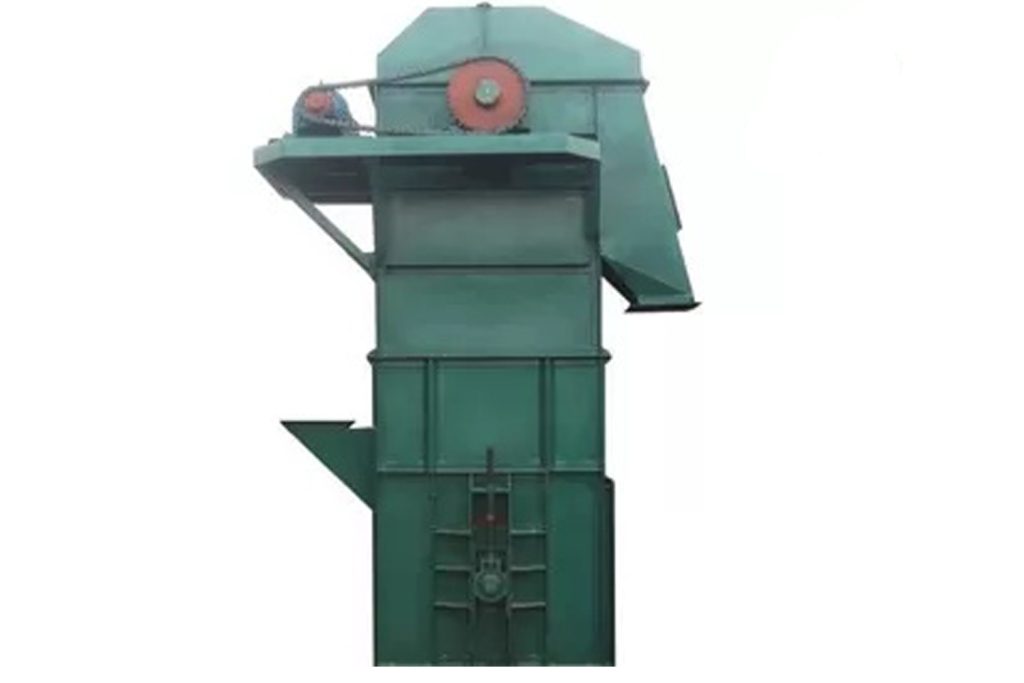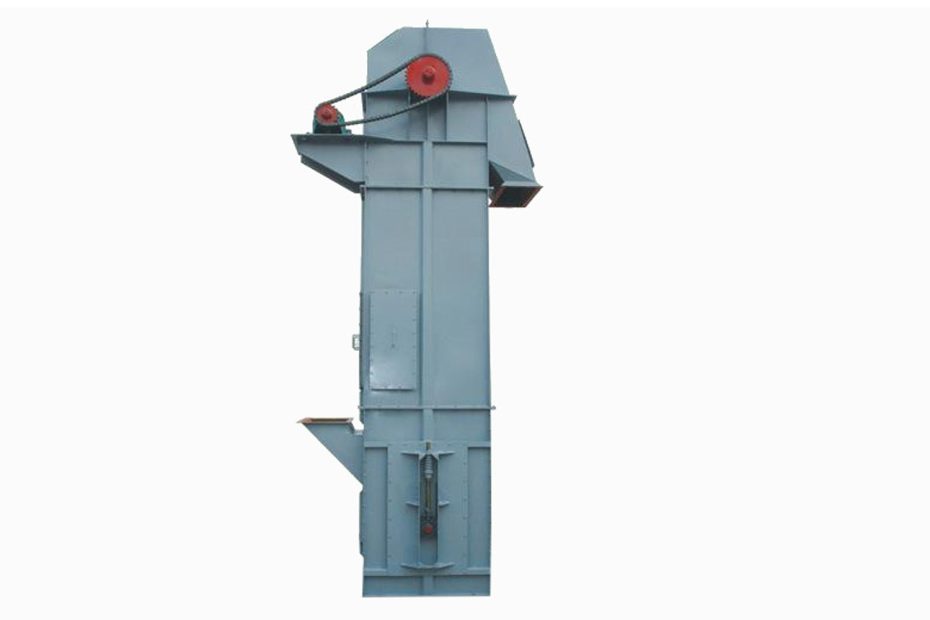In the realm of material handling and bulk transportation, two common systems stand out: bucket elevators and conveyor belts. Both serve the purpose of moving materials from one point to another, but they do so in different ways and have distinct advantages and disadvantages. In this article, we’ll delve into the differences between these two systems, exploring their functionalities, applications, and considerations for selecting the right system for your needs.
Bucket Elevator: An Overview
A bucket elevator is a mechanical device used to vertically lift bulk materials. It consists of a series of buckets attached to a belt or chain that moves in a continuous loop. As the belt or chain moves, the buckets scoop up the material and carry it to the top, where it is discharged.
Conveyor Belt: An Overview
A conveyor belt is a continuous loop of material that rotates around two or more pulleys. It is used to transport bulk materials horizontally or at an incline. The belt is supported by idlers or rollers, and the material is carried along the belt by friction between the belt and the material.

Comparison of Bucket Elevators & Conveyor Belts
| Aspect | Bucket Elevator | Conveyor Belt |
|---|---|---|
| Material Handling | Vertical | Horizontal or Incline |
| Capacity | Limited by Bucket Size and Speed | Unlimited |
| Material Type | Suitable for Free-Flowing or Fragile Materials | Suitable for a Wide Range of Materials |
| Maintenance | Requires Regular Inspection and Lubrication | Requires Regular Inspection and Belt Replacement |
| Space Requirement | Requires Vertical Space for Installation | Requires Horizontal Space for Installation |
| Cost | Generally Higher Initial Cost but Lower Operating Cost | Generally Lower Initial Cost but Higher Operating Cost |
| Flexibility | Limited Flexibility in Routing and Configuration | Flexible Routing and Configuration |
| Applications | Suitable for Vertical Transportation of Bulk Materials | Suitable for Horizontal or Incline Transportation of Bulk Materials |
| Safety | Potential for Material Spillage and Bucket Jamming | Potential for Material Spillage and Belt Slippage |
| Environmental Impact | Requires Less Energy and Generates Less Noise and Dust | Requires More Energy and Generates More Noise and Dust |
| Maintenance | Requires Regular Inspection and Lubrication | Requires Regular Inspection and Belt Replacement |
| Space Requirement | Requires Vertical Space for Installation | Requires Horizontal Space for Installation |
| Cost | Generally Higher Initial Cost but Lower Operating Cost | Generally Lower Initial Cost but Higher Operating Cost |
| Flexibility | Limited Flexibility in Routing and Configuration | Flexible Routing and Configuration |
| Applications | Suitable for Vertical Transportation of Bulk Materials | Suitable for Horizontal or Incline Transportation of Bulk Materials |
| Safety | Potential for Material Spillage and Bucket Jamming | Potential for Material Spillage and Belt Slippage |
| Environmental Impact | Requires Less Energy and Generates Less Noise and Dust | Requires More Energy and Generates More Noise and Dust |
Conclusion
In conclusion, both bucket elevators and conveyor belts are valuable tools in the realm of material handling and bulk transportation. Each has its own set of advantages and disadvantages, and the choice between the two depends on various factors such as the type of material being transported, the distance and elevation of the transportation, and the available space and budget. By understanding the differences between these two conveyor systems, you can make an informed decision on which system is best suited for your specific needs.
